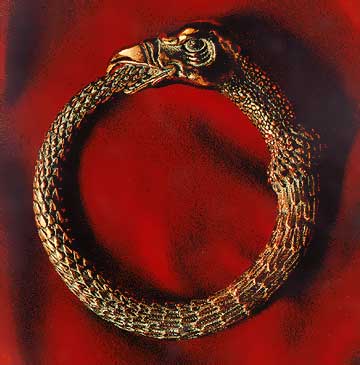

1724 Oretha Castle Haley Blvd, New Orleans, LA 70113 • 504-525-2767 (6246) • Mon-Sat 10am-5pm • Directions
• HOME
• UPCOMING
• HISTORY OF BARRISTER'S
• PAST EXHIBITIONS
• KATRINA EVENTS
• DVD AVAILABLE
• ART & MENTAL ILLNESS
• FEATURED ARTISTS
• HIGH ON LIFE
• AFRICAN
• HAITIAN
• UPCOMING
• HISTORY OF BARRISTER'S
• PAST EXHIBITIONS
• KATRINA EVENTS
• DVD AVAILABLE
• ART & MENTAL ILLNESS
• FEATURED ARTISTS
• HIGH ON LIFE
• AFRICAN
• HAITIAN
1724 Oretha Castle Haley Blvd
New Orleans, LA 70113
(504) 525-2767 (6246)
Mon-Sat 10-5
Directions • Map